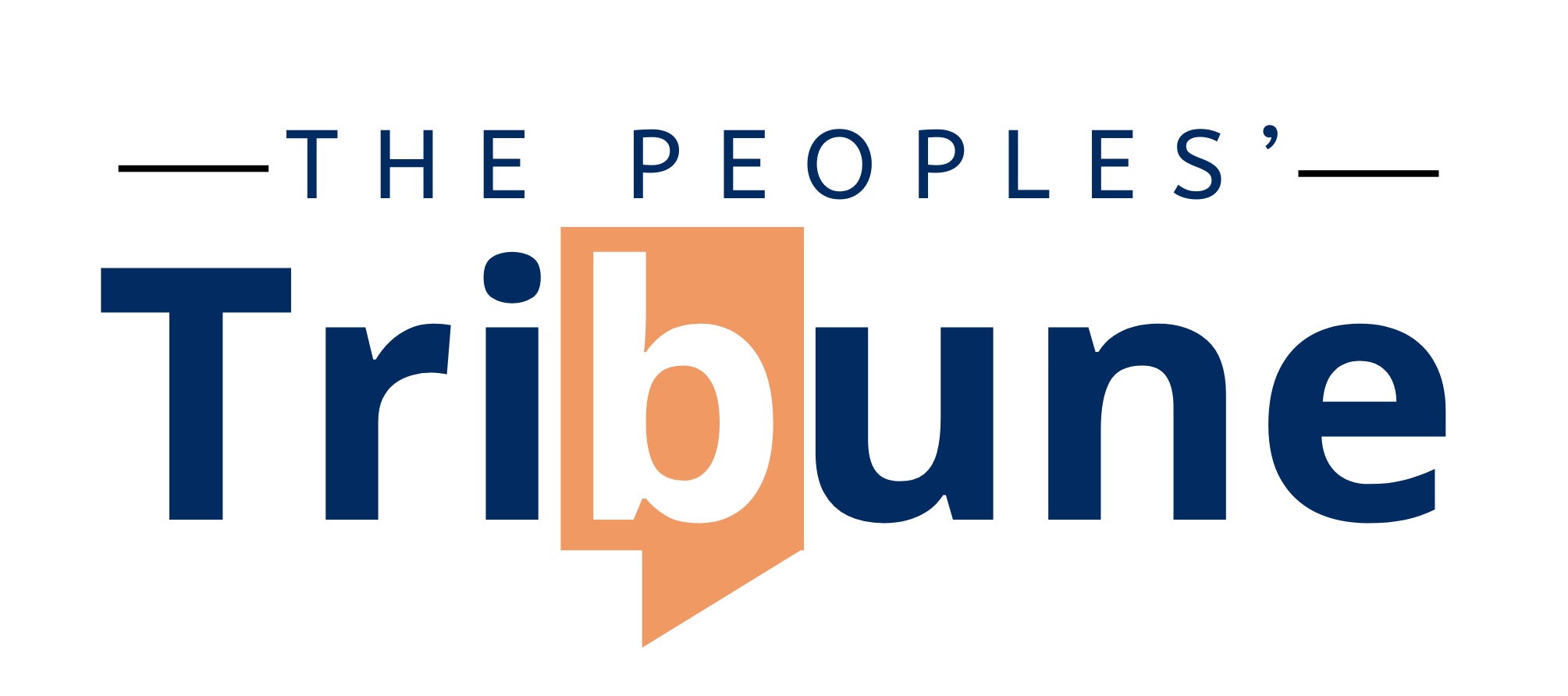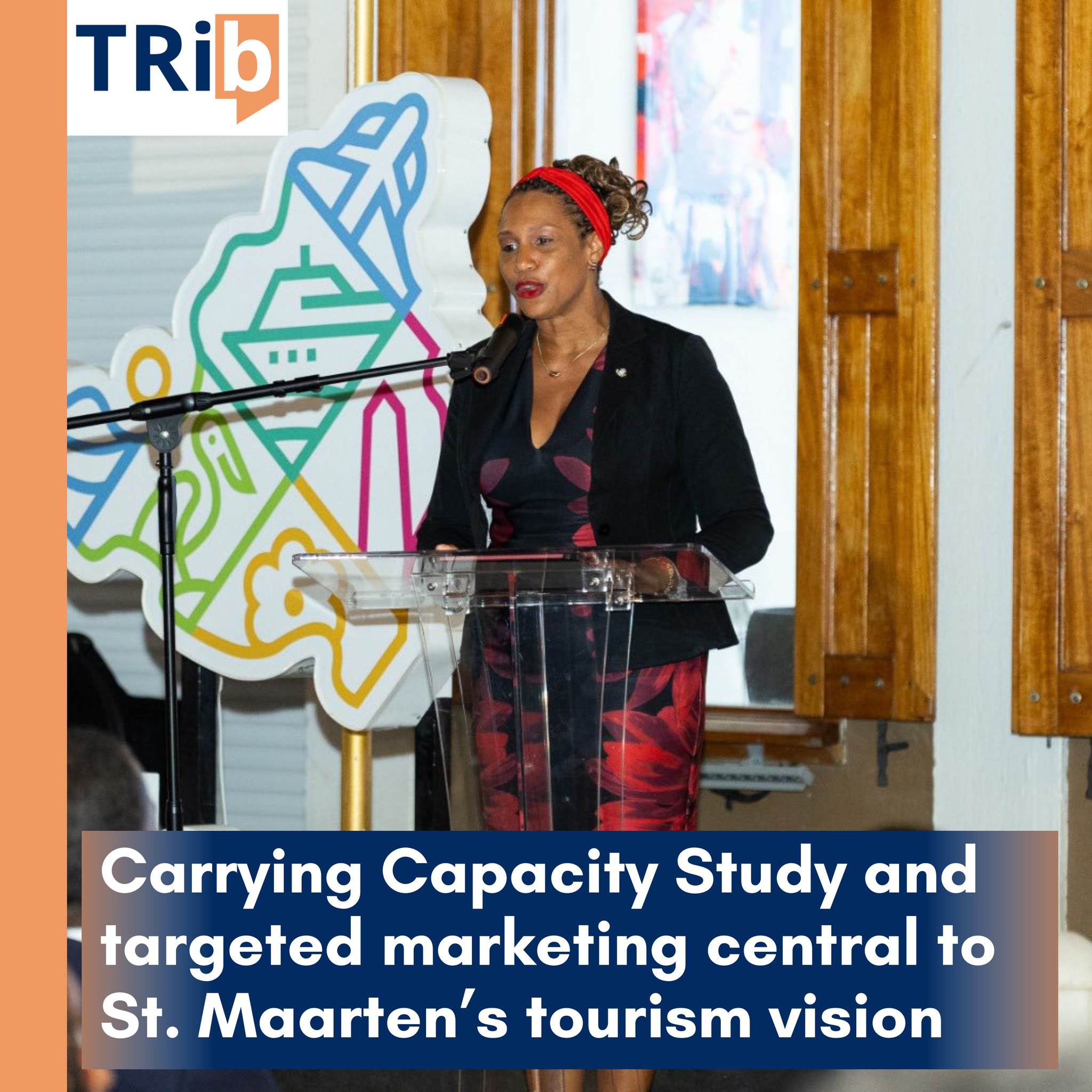GREAT BAY--Minister of Tourism, Economic Affairs, Transport and Telecommunication (TEATT) Grisha Heyliger-Marten provided Parliament with a detailed update on Wednesday regarding the Ministry’s approach to long-term tourism development. Her remarks outlined the policies and initiatives currently being implemented to ensure that tourism growth supports sustainable economic development and aligns with broader national objectives.
Minister Heyliger-Marten stressed that “ensuring that tourism growth contributes to long-term, sustainable economic development, rather than short-term seasonal spikes, is a top priority.” She outlined a strategy that pivots away from traditional promotion models and instead focuses on integrated planning, smart governance, and economic inclusion.
Central to this strategy is an updated Tourism Master Plan, which will be guided by four critical pillars: economic diversification, resilience, destination management, and inter-ministerial cooperation. These principles aim to ensure that tourism becomes a sustainable driver of broad-based progress, with tangible benefits for the people of St. Maarten throughout the year.
A pivotal element of the government’s plan is the upcoming Carrying Capacity Study, which is currently in the proposal phase. This study will provide data on the island’s environmental, infrastructural, and social ability to absorb and benefit from tourism in a balanced way. The findings will help establish thresholds, guide policy decisions, and ensure investment is both sustainable and strategic.
Beyond planning, Heyliger-Marten emphasized action. The Ministry of TEATT is actively collaborating with the Ministries of Public Health, Social Development and Labor (VSA), Education, and Economic Affairs to align tourism development with workforce readiness, vocational training, and entrepreneurship support. Special attention is being given to upskilling youth, empowering small business owners, and stimulating innovation across industries like agriculture, technology, and the creative sector.
In a significant shift, the ministry is also diversifying the island’s tourism offerings. “By expanding into niche markets such as heritage tourism, medical tourism, agro-tourism, wellness, yachting, and culinary trails, we aim to flatten the seasonality curve and create a tourism economy that is predictable, inclusive, and resilient,” the Minister stated.
Heyliger-Marten also made it clear that sustainability is not limited to environmental stewardship. “It’s about making sure tourism benefits all of St. Maarten, all year round,” she affirmed.
A major focus of the Minister’s update was the reorientation of marketing strategy. The St. Maarten Tourism Bureau is now prioritizing value over volume by targeting high-intent travelers, digital nomads, and stay-over visitors through data-driven, social-media-first campaigns. These campaigns will use real-time, engaging content tailored for conversion, effectively repositioning St. Maarten as a premium destination beyond the cruise sector.
“Social media is no longer a support tool, it is now a central driver of our brand storytelling and travel planning,” Heyliger-Marten declared, highlighting a shift to direct marketing and personalized engagement as the ministry’s new standard. This evolving policy will be agile, inclusive, and performance-oriented, positioning the island as a year-round, multi-market destination celebrated for its authenticity, connectivity, and rich experiences.
In response to questions about congestion and economic imbalance in high-traffic tourist zones, the Minister detailed a multi-pronged strategy to promote tourism in lesser-known areas of the island.
The strategy includes:
- District Enhancement and Beautification, with Philipsburg as a scalable model;
- Economic Zoning and Infrastructure Support, including improved signage and pedestrian-friendly spaces;
- Community-Driven Experience Development, empowering local creatives and entrepreneurs;
Smart Marketing Partnerships with global platforms like Expedia and TripAdvisor to guide travelers to overlooked districts using data analytics.
“These measures aren’t just about dispersing tourists, they’re about economic inclusion,” she said. “When we help communities outside the typical corridors participate meaningfully in tourism, we expand the benefits across the entire island.”
Returning and repeat visitors are a critical focus of the Ministry’s digital transformation. Heyliger-Marten confirmed that personalized content, email retargeting, and loyalty perks are being developed in partnership with airlines, hotels, and booking platforms. These initiatives, informed by traveler behavior and data insights, will be formally introduced in the 2026/2027 budget cycle.
“Our goal is to deepen brand affinity and encourage repeat stays,” the Minister said, framing loyalty-building as a key element of sustainable tourism.
Throughout her presentation, Minister Heyliger-Marten underscored that the transformation of St. Maarten’s tourism sector is not about chasing numbers, but about building resilience, expanding opportunity, and shaping a balanced, inclusive economy. From strategic infrastructure improvements to digital engagement and stakeholder empowerment, the Ministry is laying the foundation for a tourism sector that serves not just visitors, but the people of St. Maarten.
“We are charting a new course,” the Minister concluded, “and it’s one that places our people, our culture, and our long-term prosperity at the center of St. Maarten’s tourism story.”
Join Our Community Today
Subscribe to our mailing list to be the first to receive
breaking news, updates, and more.






%20(412%20x%20570%20px)%20(412%20x%20340%20px).jpg)